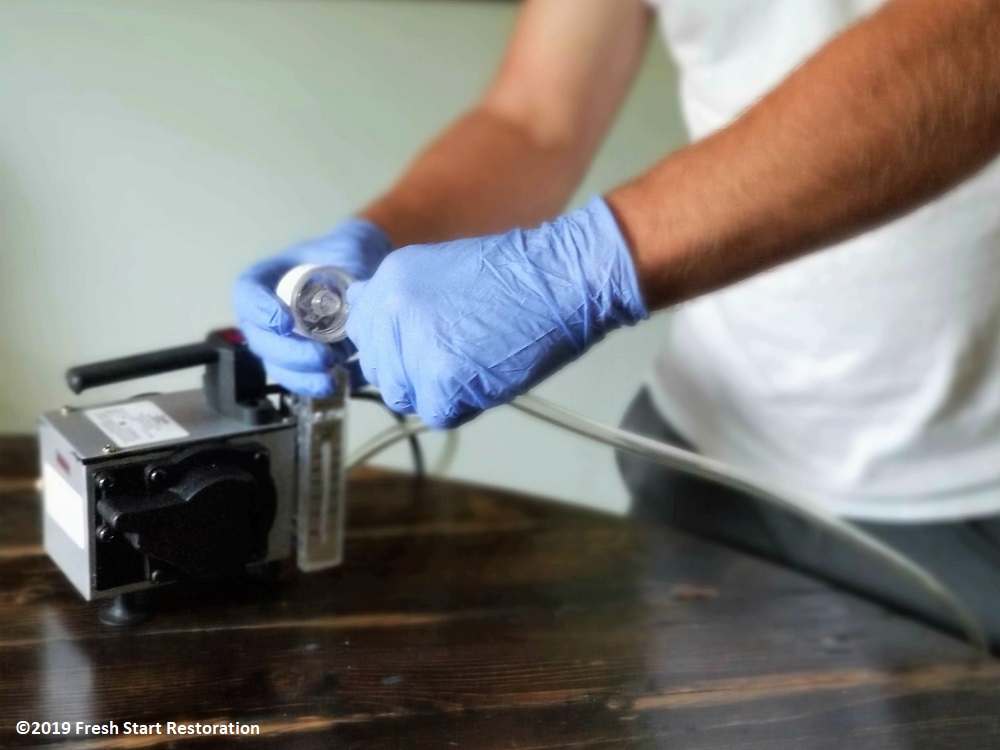When selecting your mold professional, take precautions to ask what type of testing will be done. How many areas will be tested? Will they inspect the entire property? Many times, price-driven promotions offer a quick 2-3 sample test with a basic lab report. However, they do not offer a thorough mold inspection of your property, nor do they provide you with extensive knowledge & information. Formal mold inspection of the property is a must for all real estate sales transactions.
Mold testing will tell you what types of mold are growing, spore count & therefore toxicity of the mold. There are multiple types of mold. Some are harmful and some are not. However, any type of mold left undisturbed in time, can become toxic. Mold can also grow rapidly in just a few short months. Aspergillus Penicillium is the most common form of indoor molds found. The recommended safe levels are 600-750 range. The square feet of the total amount of a mold present will greatly affect the mold ranges and can even climb into spore counts of 5,000+. An environmental test can be inconclusive & even unreliable as the airborne level of particles varies enormously from moment to moment, especially depending on variables in building conditions.
Two Primary Types of Testing
1. Air Testing
Air testing is the most well-known form of mold testing, and is useful for initial site testing, especially if mold or fungal growth is not visible. It tests the air by using a professional device designed for the rapid collection and analysis of a wide range of airborne aerosols. These include fungal spores, pollen, insect parts, skin cell fragments, fibers, and inorganic particulates. Air enters the collection cassette, the particles become impacted on the sampling substrate, and the air leaves through the exit orifice. Thereby, collecting on a special glass slide inside of the cassette, called “the trace.” Cassettes are sent to a lab for detailed analysis and testing results.
2. Surface Mold Testing
To find the amount of mold growth and spores deposited around a home, samples are collected by swabbing or tapping surfaces. Also, areas where dust collects without disturbance, provides an accurate reading of what is in the air. Like with air testing, the results can vary because mold spores don’t spread evenly across surfaces of the home. They can change over time. Unlike air testing though, surface tests can’t identify the exact concentration of mold spores in the air.
Therefore, to make sure you are getting a thorough and accurate assessment of your mold risk: When choosing a mold professional, be sure to ask if they use multiple testing types during their analysis. Also, we recommend taking multiple samples throughout the areas of concern to ensure accuracy.
